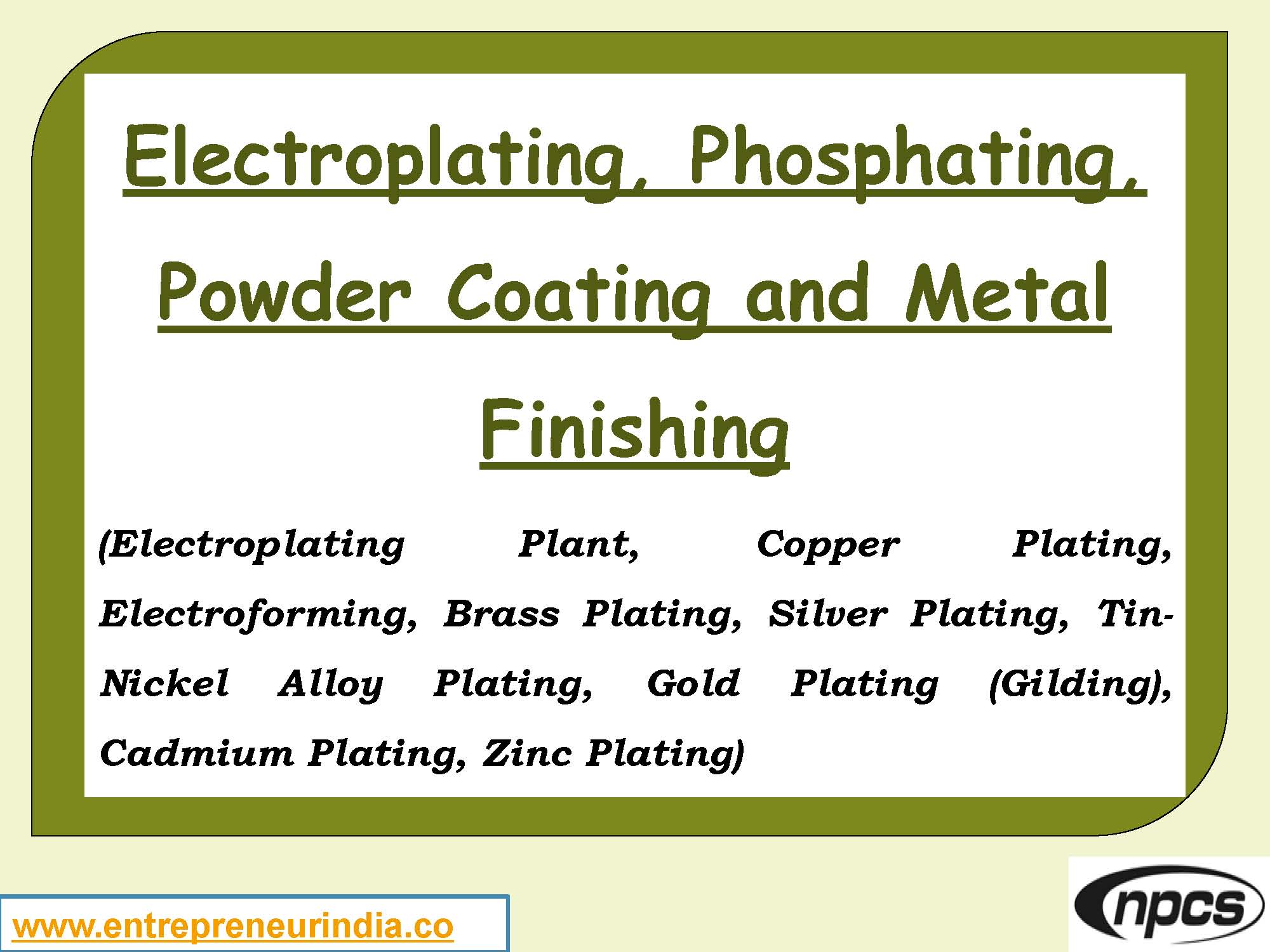
Electroplating & metal finishing are essential processes in modern manufacturing. They improve the appearance, durability, and resistance of metal parts against corrosion and wear. Used widely in industries like automotive, electronics, aerospace, and jewelry, these techniques not only enhance aesthetic value but also extend product life. Moreover, the rise of precision engineering and microfabrication has increased demand for advanced surface finishing methods. Businesses that rely on high-quality metal components must understand the principles and options available within electroplating & metal finishing to ensure long-term performance and cost-efficiency in production.
Electroplating & Metal Finishing | Types & Techniques
Electroplating is a process that involves depositing a thin layer of metal onto the surface of another material through an electric current. This enhances characteristics like corrosion resistance, conductivity, and surface appearance. On the other hand, metal finishing includes a broader range of surface treatment methods like polishing, coating, anodizing, and brushing. Together, electroplating & metal finishing play a crucial role in improving both the functionality and appeal of metal products across various sectors.
See Also : Business to Start in Arunachal Pradesh
Common Electroplating Methods
Electroplating & metal finishing begin with choosing the right plating method based on the end-use. Here are common techniques:
-
Chrome Plating: Offers a shiny finish and strong corrosion resistance. Popular in automotive parts and tools.
-
Nickel Plating: Used for both decorative and industrial applications. It provides a uniform surface with added strength and rust protection.
-
Gold & Silver Plating: Common in electronics and jewelry for their conductivity and luxurious finish.
-
Copper Plating: Enhances electrical conductivity and acts as an underlayer for other metals.
Moreover, each method requires precise control over chemical composition, temperature, and electric current for desired results.
Types of Metal Finishing Processes
Beyond plating, metal finishing includes other surface treatment techniques. These are widely used to refine the texture, protect the base material, or prepare the surface for additional processing.
-
Buffing and Polishing: Smoothens the surface and creates a mirror-like shine. Often used in stainless steel and aluminum components.
-
Anodizing: A surface oxidation technique primarily used for aluminum. It increases resistance to corrosion and allows dyeing in various colors.
-
Powder Coating: Involves applying a dry powder that’s cured under heat to form a protective layer. It is environmentally friendly and durable.
-
Sandblasting and Shot Peening: Mechanical methods to clean or strengthen the surface. Ideal for preparing surfaces before painting or coating.
Moreover, many industries combine multiple finishing steps to achieve specific performance and visual effects.
Industrial Applications of Electroplating
The widespread adoption of electroplating & metal finishing techniques stems from their versatility and reliability across many sectors:
-
Automotive Industry: Chrome and nickel plating enhance engine parts, bumpers, and decorative trims.
-
Electronics Manufacturing: Gold and silver plating provide conductivity and prevent oxidation in connectors and circuit boards.
-
Jewelry & Fashion: Electroplating provides a premium finish at a lower cost while preserving appearance over time.
-
Aerospace & Defense: Precision finishing ensures parts withstand extreme conditions without compromising integrity.
-
Medical Devices: Surface treatments make surgical instruments more durable and biocompatible.
Moreover, industries are increasingly demanding eco-friendly and REACH-compliant plating processes to reduce environmental impact.
Environmental and Safety Considerations
Traditional electroplating & metal finishing involve toxic chemicals and generate hazardous waste. As a result, modern facilities must adopt strict environmental and safety protocols:
-
Wastewater Treatment Systems: Remove heavy metals and neutralize acidic residues before disposal.
-
Fume Extraction and Ventilation: Ensure worker safety and reduce airborne contaminants.
-
Eco-Friendly Alternatives: Non-cyanide plating baths and water-based coatings are growing in popularity.
Moreover, automation and closed-loop systems reduce waste and enhance operational efficiency in advanced finishing plants.
Quality Control in Plating & Finishing
Consistent quality is vital in electroplating & metal finishing, especially when dealing with high-value components or mass production.
-
Thickness Measurement: Tools like X-ray fluorescence (XRF) ensure uniform coating layers.
-
Adhesion Testing: Pull tests and bend tests confirm that the metal layer properly bonds to the base.
-
Visual Inspection: Identifies defects such as blisters, pits, or uneven coverage.
-
Corrosion Testing: Accelerated salt spray tests assess durability under harsh conditions.
Moreover, ISO and ASTM standards help maintain global quality benchmarks across industries.
Emerging Trends in Metal Finishing
The world of electroplating & metal finishing is evolving quickly with new technologies and market needs:
-
Nanocoatings: Provide ultra-thin, invisible protection for high-precision components.
-
Green Chemistry: Involves biodegradable solutions and safer chemicals to meet environmental regulations.
-
3D Printing Integration: Post-processing of 3D printed metal parts includes specialized finishing for surface refinement.
-
Automation and AI: Robotic arms and computer vision systems streamline plating and finishing lines for higher consistency and reduced errors.
Moreover, these advancements are making metal finishing more sustainable, efficient, and scalable.
Setting Up a Plating & Finishing Facility
For entrepreneurs and investors, setting up a metal finishing and electroplating plant involves several critical steps:
-
Site Selection: Choose a location with proper ventilation, water supply, and zoning permissions.
-
Equipment Installation: Plating tanks, rectifiers, filtration units, drying ovens, and polishing machines are essential.
-
Chemical Procurement: Maintain a reliable supply of plating solutions, acids, and cleaning agents.
-
Skilled Workforce: Operators must be trained in chemical handling, safety compliance, and process control.
-
Licensing & Compliance: Adhere to environmental regulations and industry standards for waste disposal, chemical use, and worker safety.
Moreover, investing in automation and real-time monitoring systems can significantly enhance efficiency and quality.
Read More :Bitumen Emulsion
Conclusion
Electroplating & metal finishing remain fundamental to modern manufacturing by improving product life, performance, and aesthetics. From chrome plating a car bumper to powder-coating a kitchen appliance, these processes deliver immense value across industries. Moreover, ongoing innovations in green chemistry, automation, and precision control are pushing the boundaries of what’s possible. Businesses that understand and invest in advanced finishing techniques are better equipped to meet industry demands and sustainability goals.
Whether you’re a manufacturer, technician, or entrepreneur, mastering the essentials of electroplating & metal finishing gives you a competitive edge in quality, compliance, and innovation.





